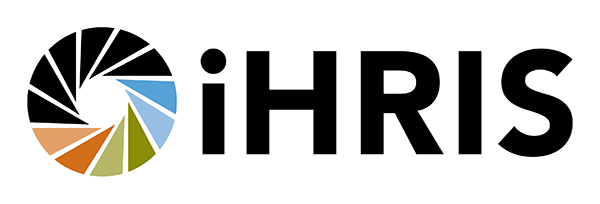Can Interoperable Health Systems Really Save Moms and Babies?
I used to tell colleagues I was better at discussing the benefits of breastfeeding and handwashing than health information systems. I have a background in natural childbirth instruction and community-based development, and when I started working in digital health a few years ago, I missed the human aspects of global health. I had a shiny new master’s degree in public health but felt lost in the conversations about canonical data models and...
